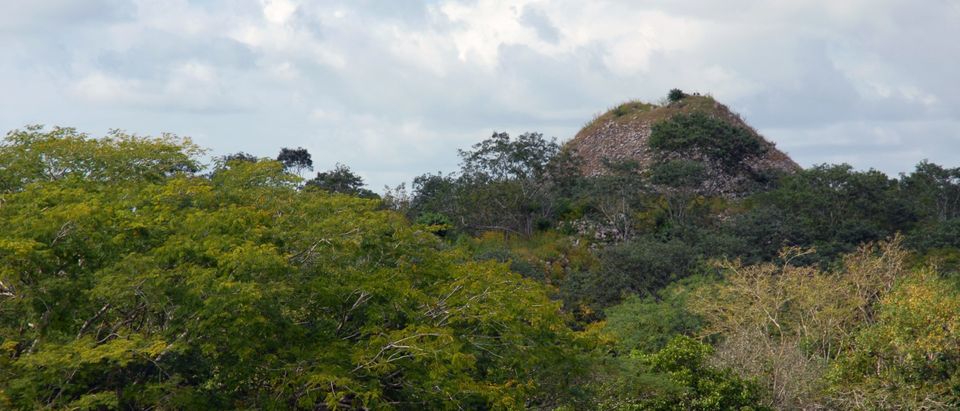A team of archaeologists discovered a long-lost Mayan city beneath the jungle in Mexico’s Yucatan Peninsula in June, filled with pyramids, palaces and even a sports complex.
The ancient Mayan ruins, currently named Ocomtun, were identified in the Balamku ecological reserve, which is more than 50 hectares in size, big enough to hide pyramids that rise some 50 feet into the sky, according to a news release from Mexico’s National Institute of Anthropology and History. The site is believed to have been built and in use sometime around 250-1,000 A.D. and contained a number of large buildings, plazas, a ball-game complex, and columns that suggest even larger structures.
The site extends to the La Riguena River and features “stairways, monolithic columns, and the absence of monuments with inscriptions,” the news release noted. While archaeologists did hack their way through the jungle to explore the ancient ruins, the discovery was initially made using LiDAR technology.
“New late classic Mayan city found and named Ocomtún” pic.twitter.com/Ut5JkDE4ny
— Elijah Blackett (@darkknight858) June 24, 2023
“These stories about ‘lost cities in the jungle’ — very often these things are quite minor or being spun by journalists,” political anthropologist Simon Martin, who was not involved with the study, told the New York Times. “But this is much closer to the real deal.” (RELATED: Archaeologist Claims ‘Many Features Of The Amazon Are Man-Made’)
While the discovery is certainly a shock to many, as the area was thought to be an “empty zone,” researchers do not believe it will change much in the narrative of Mayan life and their wider civilization. But it does suggest that secrets to our past are hidden, sometimes in plain sight, and just down the road from places we inhabit today.
It is believed that the Mayan civilization was pushed to the point of collapse by extreme weather events and political upheaval some 1,000 or so years ago. Prior to their collapse, they developed intricate agricultural and hydraulic technologies that captured water through limestone-heavy formations in what is a highly inhospitable area today.


